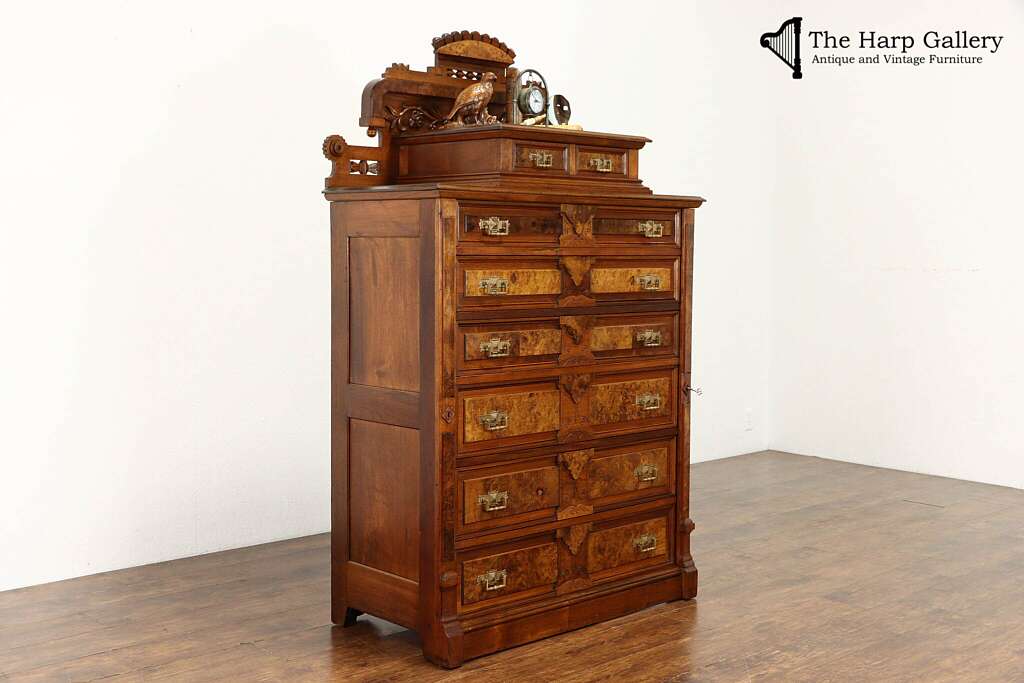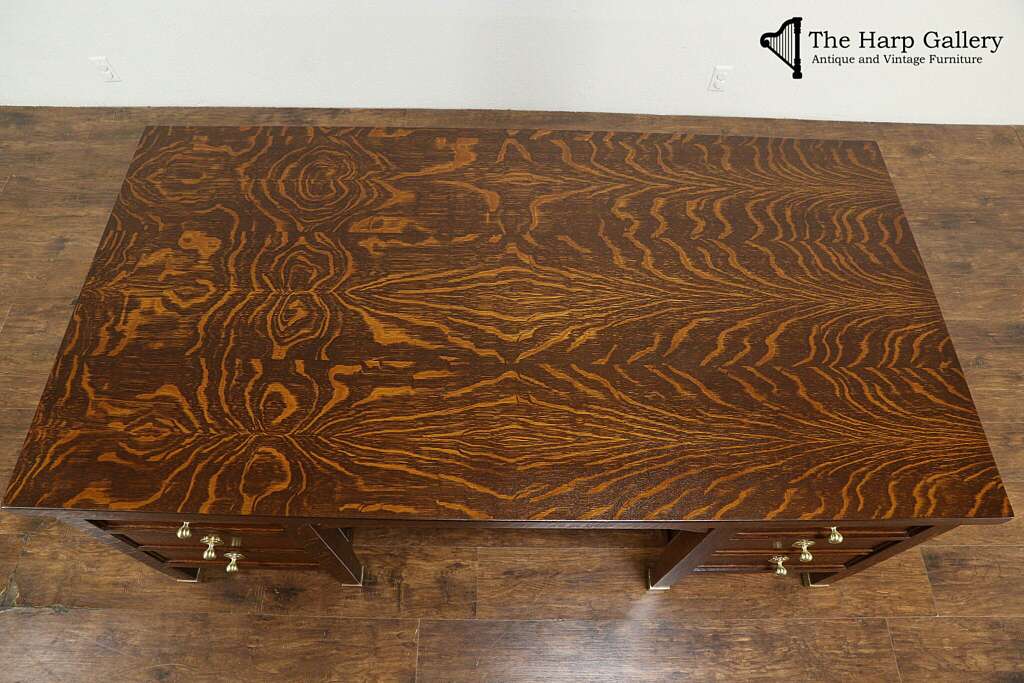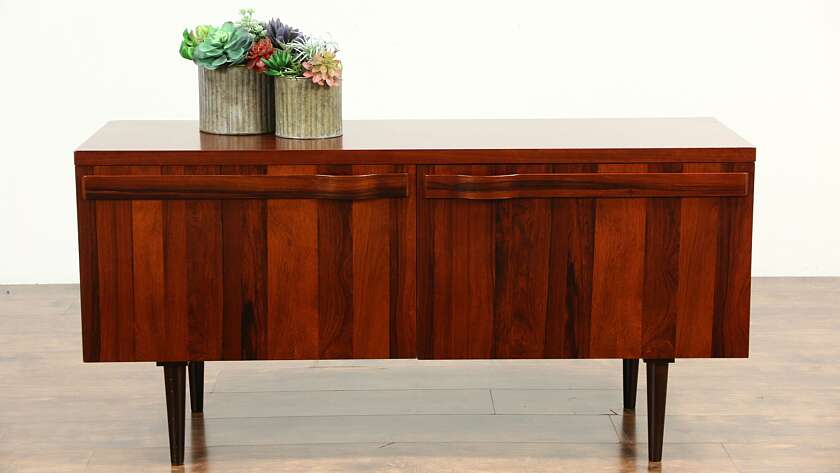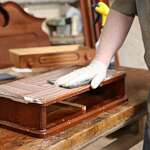That is the question, as Shakespeare’s Hamlet might have said. Collectors and experts have debated the question for many years. The popular PBS “Antiques Roadshow” has brought wonderful attention to the world of antiques –explaining valuation, condition, fakes and discouraging the damage done by overzealous amateur cleaning and refinishing. Unfortunately, this has discouraged many people from doing any restoration or even cleaning antique furniture. The answer will never be settled definitively, but there is a great deal of difference between refinishing your grandmother’s 1900’s oak buffet with green paint and a few plant stains, and refinishing a Chippendale chest from the 1700’s that still has its original finish. Refinishing usually makes sense except in cases of great rarity and truly original historic condition.
If a piece is genuine Chippendale or Georgian and is 250 years old and in exceptional original condition, it will be worth much more than its numerous refinished cousins. A serious collector may pay much more for an original finish that may appear far less attractive to the rest of us.
Most individuals who just buy nice antiques to use and enjoy would prefer an attractive finish that is in excellent condition, whether it is original, the second or fifth finish. Generally, if pieces are less than 100 or 150 years old, there is an original finish premium paid only for the most pristine pieces. Arts and Crafts collectors specially prize original finishes when they are in excellent condition. Most other buyers are not very tolerant of extreme wear, stains or deterioration.

The craze of “keep it original” can be carried to extremes. It is probably excessive to stop polishing silverware, or to let furniture simply remain dirty. When a chair is dangerous to use because of a loose leg, who would not have it re-glued unless it was in a museum? Would even a purist remove heating and plumbing from a 300 year old house? “Worn out” furniture that would have gone to a landfill can often be refinished and recycled for a new generation, something that makes sense for ecological, economic and sentimental reasons. Naturally, the original craftsmen and artists who built these pieces would be very offended if the finish wasn’t maintained or redone when worn out. Indeed, many repairs add charm and history to old pieces.
In a perfect world, every piece of furniture would be original. Nothing would have cat scratches, dog chews, plant rings, loose legs, candle burns, broken mirrors or lost hardware. In the real world, a very small number of pieces endure hundreds of years almost unscathed by time, sunlight, fires, even the spills of small children. These rare survivors are very special, they are displayed on “Antiques Roadshow” and are very valuable because of their charmed life – most pieces that are a couple hundred years old have already been repaired, restored or refinished many times by many different people.
As buyers of antique furniture, we all prefer original finishes in wonderful like-new condition, but only a tiny fraction of antiques are so lucky and well cared-for to remain mint for a hundred or hundreds of years. The other antiques need to be evaluated on a case by case basis, and careful restoration or refinishing extends the life and beauty and durability of most antique furniture.




